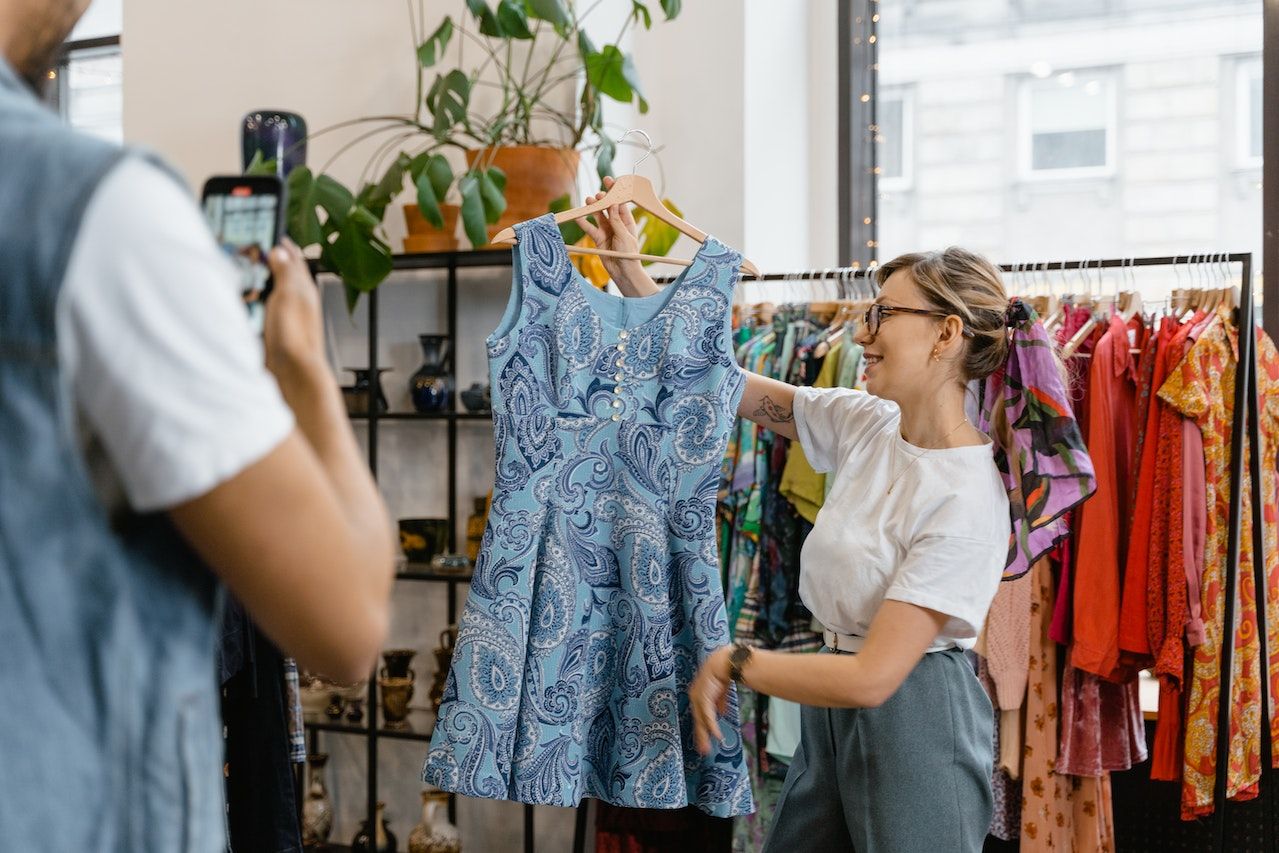The e-commerce of the future
Technology
The e-commerce of the future and new technologies: Live Shopping and Metaverse

After the pandemic started in 2020 many existing trends in the digital world accelerated their development.
Main reason? The shakeup that lockdowns have given to consumer habits. The new situation forced everybody to adapt and find new ways to carry out daily activities.
While the solution to the problem had to take social distance into account, users demand pushed toward active, participatory enjoyment that attempted to fulfil the need for human relationships.
The technology market rode the wave of this demand. It took advantage of its ability to create equally enjoyable experiences, but usable at a distance; even food shopping became an online practice.
We are not implying that prior to covid the e-commerce market didn’t take hold, but what is certain is that the requirement for social distancing brought even skeptics closer to online shopping, not only as a matter of necessity. If the world of online shopping continues to flourish and retain so many shoppers, it is largely due to its convenience.
The e-commerce experience, however, had to adapt to the new demands for sociability and interactivity, creating new means of enjoyment that are likely here to stay, and that will guide the e-commerce of the future.
Which are the most innovative additions in the E-commerce world?
The Live Shopping format and the Metaverse experience

Live Shopping
Straight from China, where this practice has already been active for a few years, Live Shopping is coming to the Western market. This format, which reminds us of the infomercials of a few decades ago, now brings Influencer Marketing and E-commerce together. In fact, Live Shopping encompasses three basic elements: human contact, entertainment and shopping.
The format can be adapted to different social or e-commerce platforms and involves a host presenting a product and interacting with the audience.
Why is live shopping the E-commerce of the future?
The user, connected from their device, can benefit from the conveniences of online shopping with the functionality of in-store shopping.
Through interaction with the influencer, the user can see, touch and try on the product just as if they were in a physical space.
In addition, Live Shopping has a more human and authentic approach, all of which convey trust to consumers. Users trust the influencer’s opinion because they are involved and included in the private life shown on social media.
Finally, thanks to content creators, consumers can watch a unique show very similar to the media already in vogue. The influencer provides the entertainment typical of the reels or IG stories that users enjoy on a daily basis.

Metaverse Shopping
If the strength of Live Shopping is human touch, for the Metaverse we are undoubtedly talking about experience.
Not just for gamers, social networking or NFTs: the Metaverse will be a marketplace where users can discover a new way to online shop based on the customer journey. By using this new dimension, brands will be able to indulge in creating more functional, personal and unforgettable shopping experiences.
However, the importance of social media is not at all disconnected from the Metaverse. In fact, what will attract the audience the most will be sharing the experience and enjoyment with other users.
Metaverse
is what websites were in the 90s
Why is Metaverse the e-commerce of the future?
The Metaverse is here to stay. Giving us this confidence is the economic interest that global brands have shown in virtual reality and the resulting multiplication of Metaverse world experiences. The turn that experiments in the Metaverse are taking is that of an experience as similar as possible to the everyday experience we have in the physical world.
Moreover, having a presence in the Metaverse will allow brands to better know their audience and interact in a more direct and authentic way. However, we are talking about a work in progress: there is still much to be studied and impemented.
In the digital age of the future, the consumer will increasingly take center stage.
From product design, to content creation, to increasingly friendly interaction with brands, the line between the one who sells and the one who buys is increasingly blurred. We have seen this in Live Shopping, where it is the viewer who gives direction to the influencer on how to use a certain product.
In the Metaverse, it will be the consumer, through virtual experiences, who will dictate new trends, thus giving brands the opportunity to shape their supply in the real world as well.